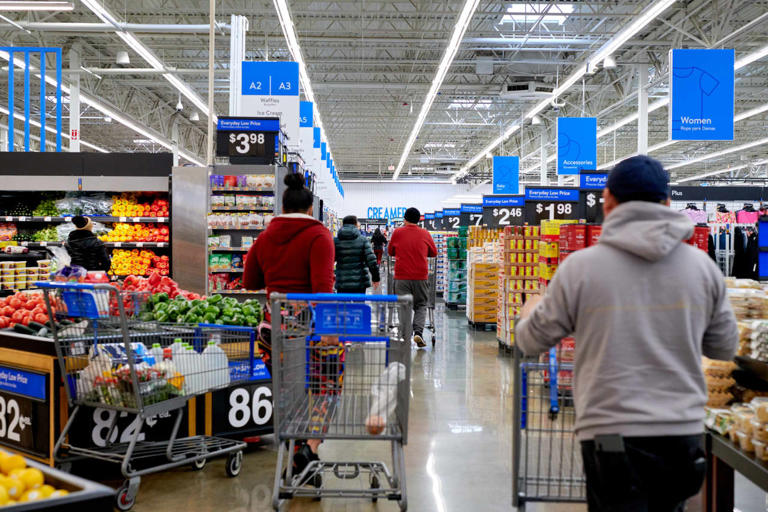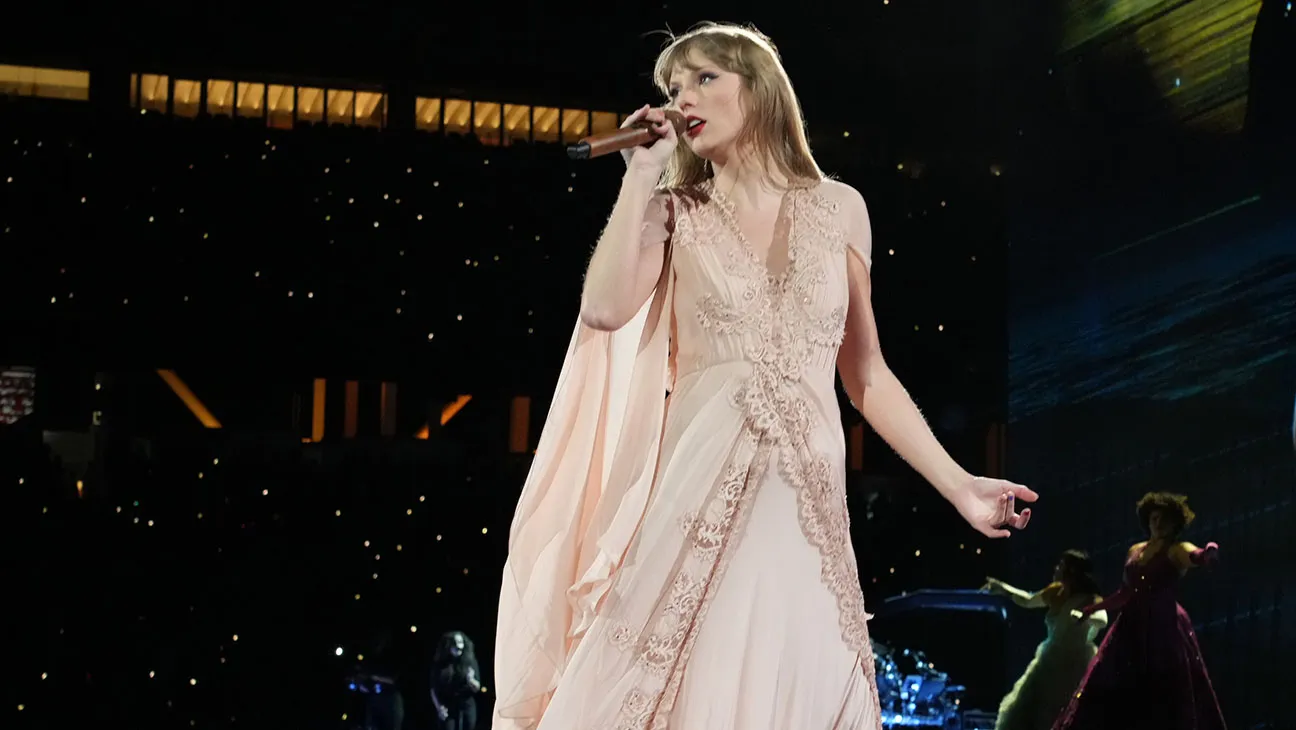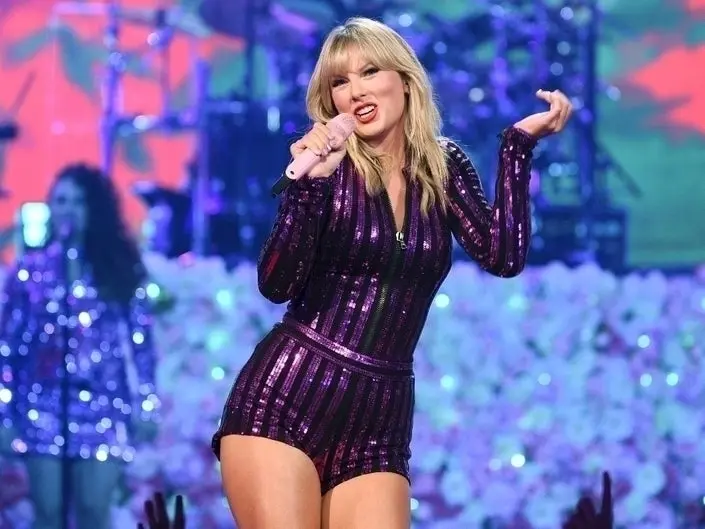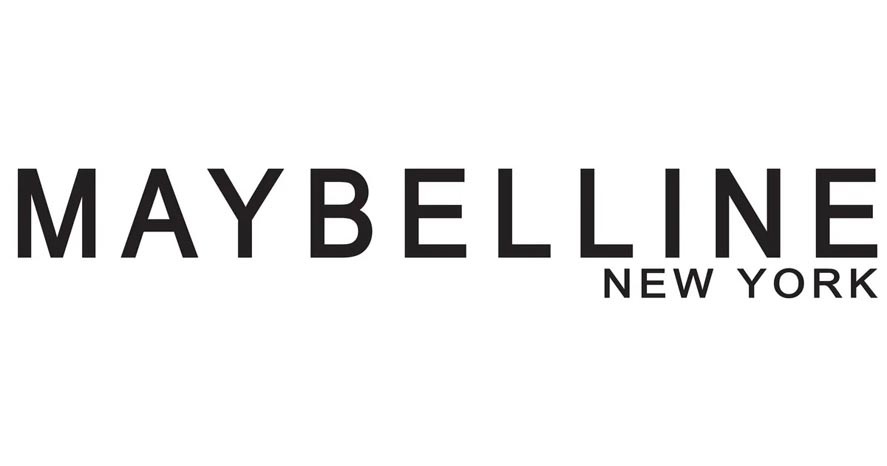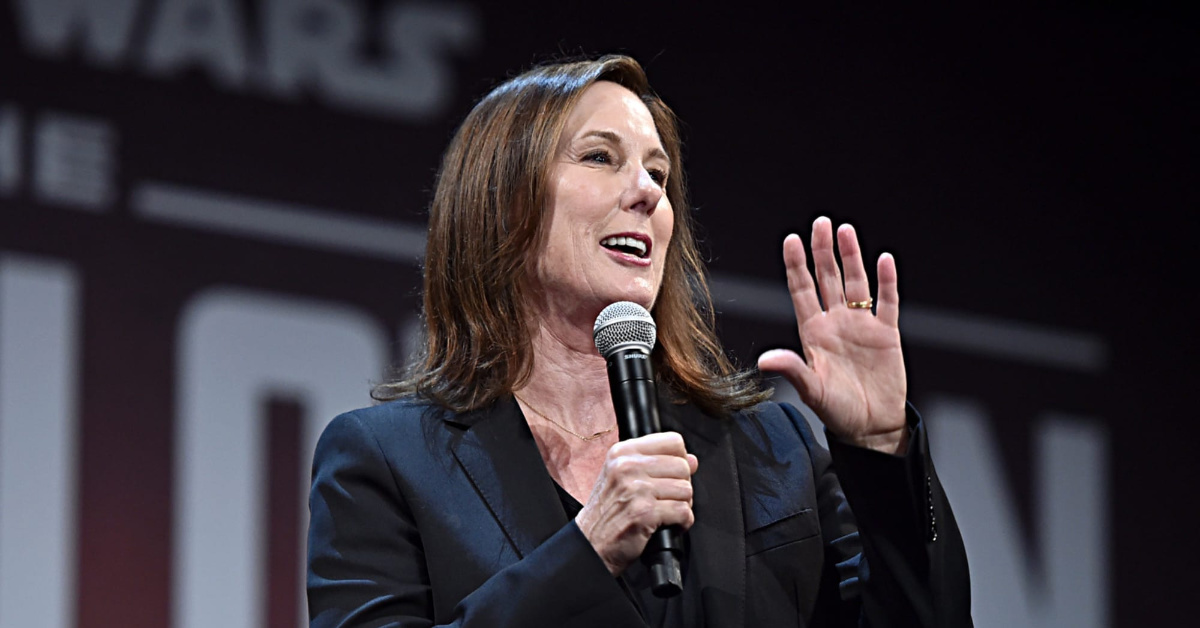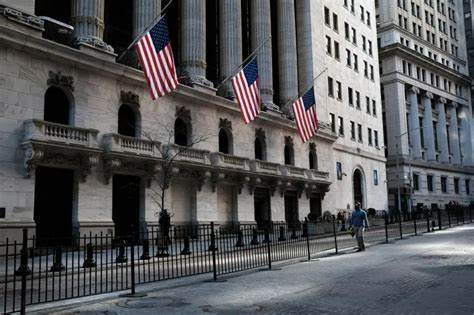The impending release of fiscal first-quarter earnings reports from retail giants such as Home Depot, Walmart, and Target carries significant weight, reflecting not just the financial health of individual companies but also providing a pulse on the broader U.S. economy. With consumer expenditures constituting approximately 70% of the nation’s gross domestic product (GDP), any shifts or trends in consumer behavior are closely monitored by economists, analysts, and policymakers alike.
Over the past four years, consumer spending has been the cornerstone of the economy’s robust expansion, defying prognostications that factors such as mounting inflation and interest rates would quell Americans’ penchant for spending. Despite these headwinds, the economy experienced sustained growth, buoyed by strong consumer demand.
However, recent economic signals have hinted at a potential slowdown in consumer spending. Gradual declines in consumer sentiment, coupled with a noticeable deceleration in personal consumption growth, have raised concerns among market observers. This has prompted a closer examination of the underlying drivers of this shift and its potential ramifications for the broader economy.
Analysts eagerly anticipate the forthcoming earnings reports from industry stalwarts like Walmart, Target, and Costco Wholesale, seeking insights into the prevailing consumer landscape. While there is an acknowledgment of an anticipated moderation in sales growth, expectations remain optimistic that the retail sector’s performance in the first quarter remained resilient enough to meet or exceed investor projections.
The mixed outcomes from earlier earnings releases this season, particularly from luxury brands and restaurants, serve as a harbinger of potential shifts in consumer preferences. Despite surpassing earnings expectations, these companies experienced softer sales growth, underscoring a nuanced evolution in consumer behavior. This trend suggests a growing discernment among consumers regarding their discretionary spending habits, with an emphasis on value and purpose.
Looking ahead, investors are keenly attuned to the guidance provided by retailers for the remainder of the fiscal year. Any indications of a sustained slowdown in consumer spending could prompt companies to recalibrate their full-year forecasts, potentially influencing market sentiment and investor confidence.
While some analysts anticipate that consumers may gravitate towards value-centric retailers like Costco and Walmart in response to economic uncertainties, others remain cautiously optimistic about signs of a resurgence in discretionary spending among specific demographic segments. Nevertheless, persistent challenges related to pandemic recovery and operational efficiency continue to loom large, potentially impacting profit margins and sales growth across the retail sector.
Ultimately, the forthcoming earnings reports serve as a litmus test for the health of the U.S. economy, offering valuable insights into consumer sentiment, spending patterns, and broader economic trends. As investors scrutinize these reports for signals of economic resilience or fragility, the implications extend far beyond individual companies, shaping perceptions of the economy’s trajectory and influencing investment decisions at large.


